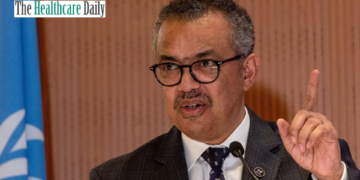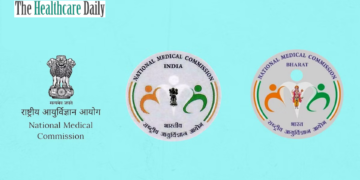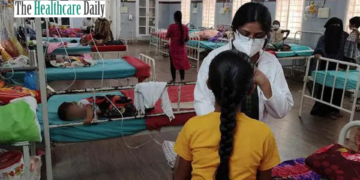- Delhi, Uttar Pradesh, and Bihar pay the highest to the resident doctors
- In State-run hospitals, the stipend differs from Rajasthan and Karnataka as Rs 7,000 and Rs 30,000, respectively.
- In Maharashtra, doctors lament about the varied compensation across Indian states and their tuition and tax rules.
THDNewsDesk, Mumbai: Delhi, Uttar Pradesh, and Bihar pay the highest to the resident doctors with MBBS degree holders pursuing post-graduation. Chhattisgarh, Jharkhand, Gujarat, and Haryana also produce much better doctors than in different government-run hospitals. In Maharashtra, interns in the final year of their MBBS course are paid despicably even after a recent hike; only three other Indian states, Rajasthan, Madhya Pradesh, and UP, the pay is more despicable. Specialists – senior residents continuing a super specialty course are in a better position in the rural parts of Chhattisgarh, Haryana, and UP. They earn Rs 1 lakh to 1.5 lakh a month compared to Maharashtra, where they receive an average of Rs 59,000.
In a crucial time, when resident doctors across the country are battling on the frontlines with Covid-19 patients, there is a wide disparity in their pay based on which part of the country they serve. Chhattisgarh pays the highest. While UP, Bihar, Jharkhand, Haryana produces Rs 80,000-Rs 1 lakh per month. Maharashtra and the southern states range somewhere in the middle of Rs 40,000-Rs 60,000 as a monthly stipend. The Medical Council of India intends to make allowance post-MBBS uniform all over India, but the plan is yet to be approved by all the states.
Interns are paid the highest in Central Government-run hospitals with Rs 23,500 a month. All over India, in State-run hospitals, the stipend differs from Rajasthan and Karnataka as Rs 7,000 and Rs 30,000, respectively. Medical interns are students who have finished four-and-a-half years at a med school. They do their necessary rotational residential internship at a hospital connected to the medical college before receiving the MBBS degree.
In Maharashtra, interns get a stipend of Rs 6,000, which was recently increased to Rs 11,000 by the state. Though, BMC hospitals in Mumbai are yet to fulfill that step. Residents and senior residents receive Rs 54,000 and Rs 59,000, respectively (average of three years). Recently, the BMC declared a provisional stipend of Rs 50,000 for MBBS interns for their duties in the Covid-19 wards. The head of the Directorate of Medical Education and Research in Maharashtra, Dr. T P Lahane, stated that residents could expect a perpetual increment of Rs 10,000.
Dr. Praveen Shingare, former DMER head, said, “Even after the recent hike of Rs 5,000, the state has among the lowest stipend that we pay our medical interns. That has a lot of scope for improvement,”
He added, “Moreover, some hospitals like Yavatmal and the BMC-run hospitals slash tax on a stipend, what residents get in hand varies across Maharashtra too.”
At the postgraduate level, the stipend differs in each state and for every year of the resident. In some states, there are various measures to draw expertise by providing a higher allowance to rural areas than urban centers. For example, in Chhattisgarh, residents in rural areas are given Rs 20,000-30,000 more. At the same time, seniors get Rs 1.5 lakh allocation compared to their analogs in city hospitals who get Rs 1.3 lakh a month. Experts say that Bihar, UP, Chhattisgarh and Jharkhand pay government doctors much higher because of the prominent dependence on the public healthcare network in these states. Maharashtra, TN, or Karnataka have more hospitals managed by charitable trusts and private practitioners than those states.
Dr. Babu KV, Founder Member of Alliance of Doctors for Ethical Healthcare, has been specifying to the MCI for an equal stipend for interns, residents, and seniors across the country.
He said, “Just before the lockdown, the MCI was going to clear that rule for interns. Step two would be to bring about parity for PG residents and super-specialists too.”
Dr. Devi Shetty, Cardiac surgeon, “Nowhere in the world do resident doctors pay hospitals for training. Why should they (postgraduates and super speciality candidates) pay tuition fees? This is an anomaly we first need to straighten out in India. They are made to pay because there are only a few slots for PG and super-speciality. If these seats are increased, the business model of medical education will collapse.”
In Maharashtra, doctors lament about the varied stipend across Indian states and their tuition and tax rules. Most States do not deduct tax from the allowance except some. Besides that, resident doctors also pay an annual tuition cost.





















